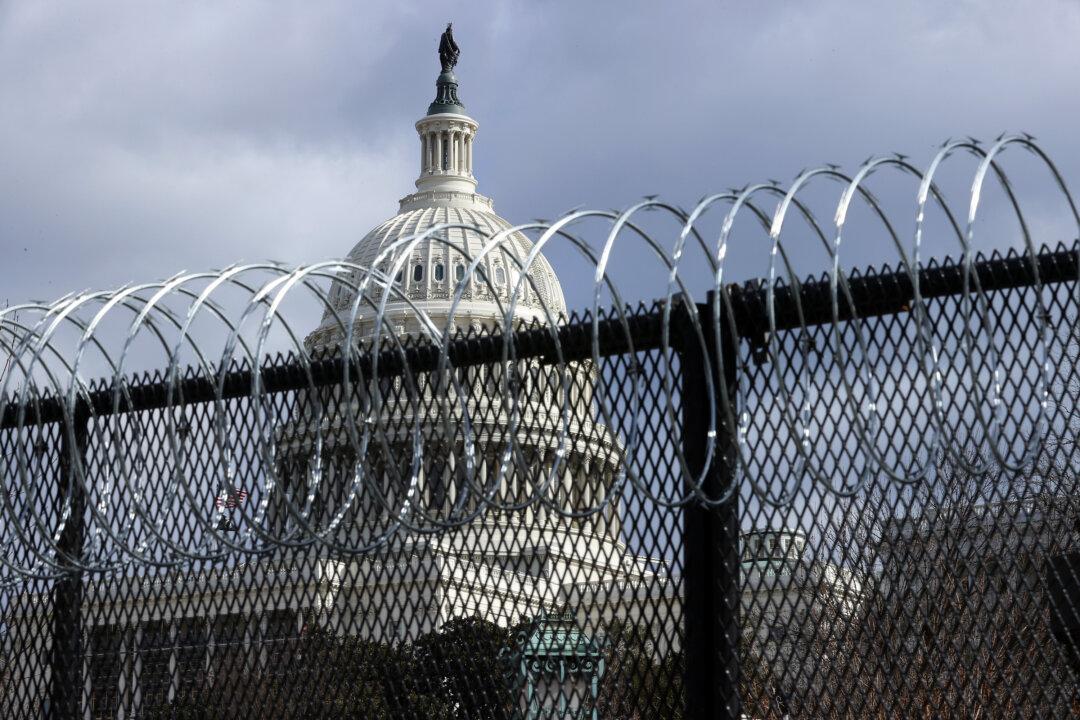A bipartisan pair of senators on March 25 introduced legislation that would ban permanent fencing around the outer perimeter of the U.S. Capitol complex, following widespread criticism about the fencing erected amid security concerns following the Jan. 6 Capitol breach.
The legislation was announced by Sens. Roy Blunt (R-Mo.) and Chris Van Hollen (D-Md.) at a press conference alongside Del. Eleanor Holmes Norton (D-D.C.), who last month introduced an act in the House that would prohibit the installation of permanent fencing on Capitol grounds.





